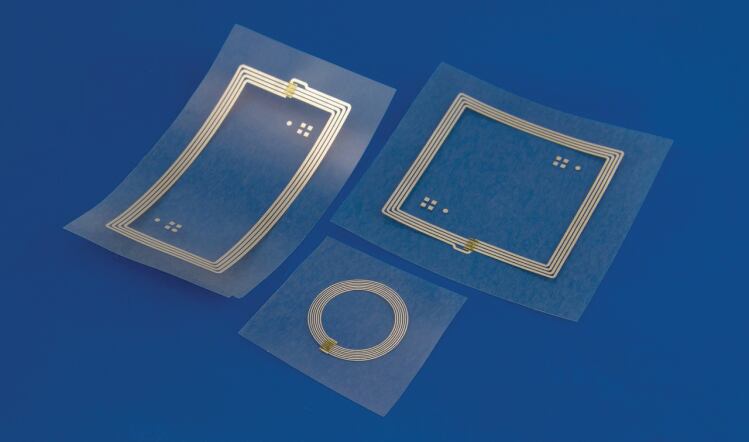According to sector market research company IDTechEx, the RFID market was worth $11bn (£8.8bn) last year, rising to $13.4bn (£10.7bn) by 2022.
Earlier this year, PragmatIC launched its ConnectIC range of flexible integrated circuits, which are claimed to be simpler, thinner and lower-cost than the silicon-based alternative.
At the time, IDTechEx forecast that this technology could “increase the addressable market by an order of magnitude or more”.
Focus on authentication
PragmatIC has customers worldwide. “Within a decade, we want to ship a trillion of our chips,” vice-president of marketing Gillian Ewers told Food Manufacture. But she admitted that most applications to date had focused on product authentication, with few trials on lower-cost items.
The company has worked with Unilever and other partners to develop a ‘system-on-chip’ capable of monitoring odour levels – for example in food packaging to gauge freshness. This is thought to be the first application of artificial intelligence algorithms in a flexible smart device.
Condition-monitoring labels in general were not as common as they should be, admitted Andrew Manly, communications director at the Active & Intelligent Packaging Industry Association (AIPIA).
‘We still need scalability and cost’
“Similarly, near-field communication tag unit costs are coming down, but they’re still a few cents per pack, so you’re not going to put them on everything,” Manly said. “Across active and intelligent packaging, there’s a huge amount going on, but we still need scalability and cost.”
PragmatIC said tags could also, for example, allow consumer access to data about local recycling, while also making reverse vending smarter. Its chief commercial officer Alastair Hanlon will be speaking about item-level tracking in waste streams at AIPIA’s congress in Amsterdam next month.
Nestlé’s Dr Robert Witik, meanwhile, will update the congress on the company’s smart packaging project.




